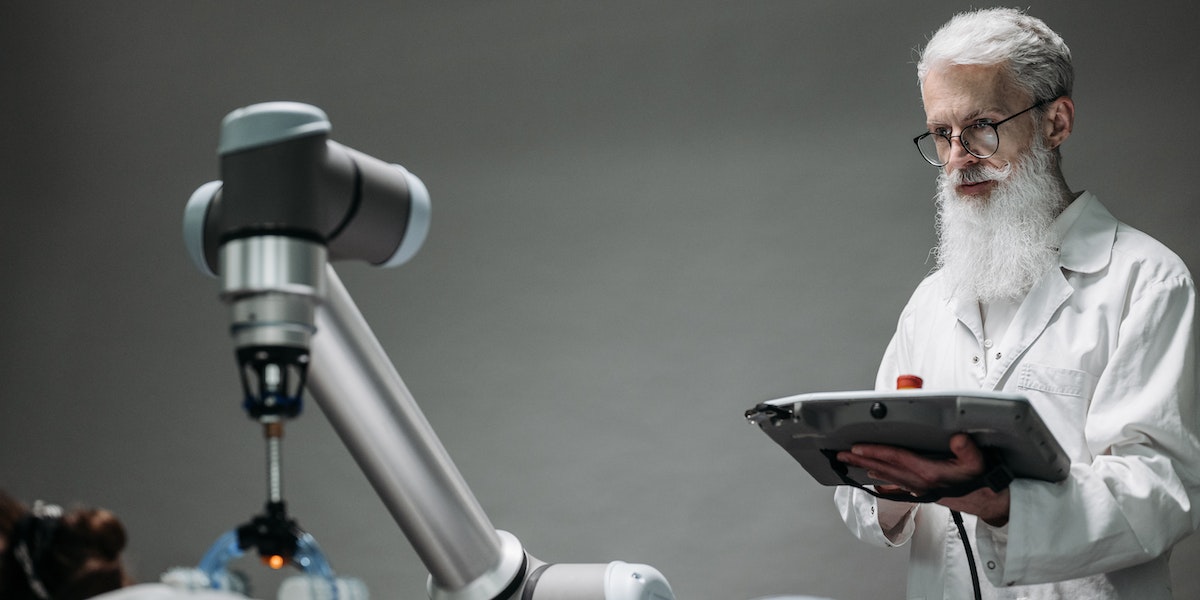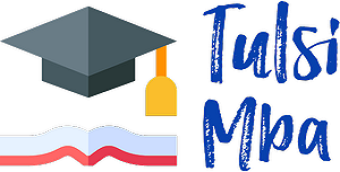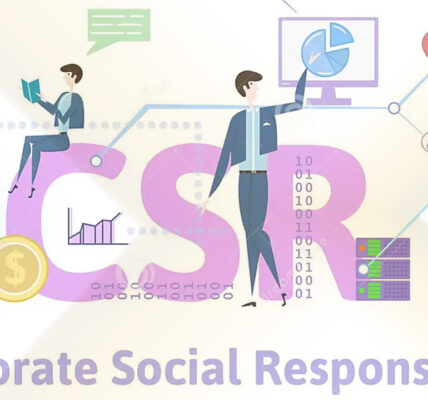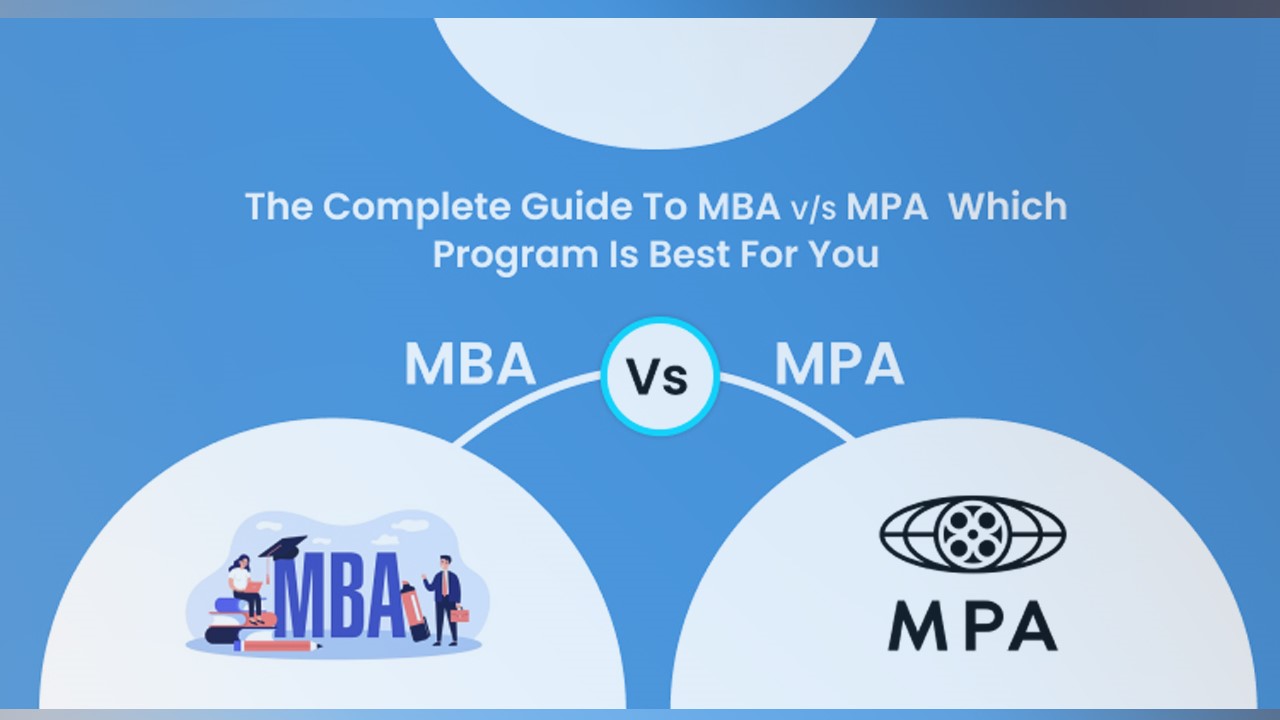AI in Education: How Machine Learning Transforms Teaching
Artificial Intelligence (AI) and Machine Learning (ML) are revolutionizing nearly every aspect of our lives, and education is no exception. In this comprehensive guide, we explore the profound impact of AI and ML on education, from personalized learning experiences to administrative efficiency. Join us as we delve into the transformative role of AI in shaping the future of teaching and learning.
Understanding AI and Machine Learning
1. Demystifying AI
Artificial Intelligence refers to the simulation of human intelligence in machines. AI systems can perform tasks that typically require human intelligence, such as visual perception, speech recognition, decision-making, and language translation.
2. The Power of Machine Learning
Machine Learning is a subset of AI that focuses on the development of algorithms and models that enable computers to learn and make predictions or decisions without explicit programming. It relies on data to improve its performance over time.
The Evolution of AI in Education
1. Early Adoption
AI in education traces its roots to computer-assisted instruction (CAI) programs in the 1960s. These early systems aimed to provide personalized learning experiences.
2. Modern Applications
Today, AI-driven edtech platforms are transforming classrooms and administrative tasks. They harness the power of big data and ML algorithms to enhance educational outcomes.
Personalized Learning with AI
1. Adaptive Learning Systems
a. Individualized Curricula: AI analyzes student performance and tailors learning materials to match their skill levels and learning pace.
b. Continuous Assessment: Real-time feedback helps students identify their strengths and weaknesses, allowing for targeted improvement.
2. Virtual Tutors and Learning Assistants
a. 24/7 Support: AI-powered chatbots and virtual tutors provide immediate assistance to students, answering questions and offering guidance.
b. Language Learning: AI-based language learning apps adapt to users’ proficiency levels, ensuring customized lessons.

AI-Enhanced Content Creation
1. Automated Grading
AI streamlines the grading process for educators, providing quick and consistent feedback to students.
2. Content Generation
AI-generated content, such as quizzes, exams, and instructional materials, eases the burden on educators and ensures resource availability.
AI for Special Education
1. Assistive Technologies
AI-driven assistive technologies, like speech recognition and text-to-speech, aid students with disabilities in accessing educational content.
2. Personalized Support
AI analyzes the specific needs of students with learning disabilities and tailors instruction accordingly.
The Role of AI in Administrative Tasks
1. Enrollment and Registration
AI streamlines enrollment processes, helping institutions manage course schedules, faculty assignments, and student admissions efficiently.
2. Predictive Analytics
Predictive models analyze data to identify at-risk students, allowing institutions to provide timely interventions and support.
Overcoming Challenges and Concerns
1. Data Privacy and Security
Protecting student data and ensuring privacy is a paramount concern in AI-driven education.
2. Equity and Access
Ensuring that AI-powered resources are accessible to all students, regardless of socioeconomic status, is a crucial challenge.
3. Educator Training
Educators need adequate training to effectively integrate AI tools into their teaching practices.
AI and Lifelong Learning
1. Professional Development
AI-driven platforms offer personalized professional development opportunities for educators.
2. Lifelong Learning for All Ages
AI enhances accessibility to education for adult learners and those seeking continuous skill development.
The Future of AI in Education
1. AI-Powered Learning Spaces
Smart classrooms equipped with AI-driven tools will provide real-time insights into student engagement and progress.
2. Enhanced Collaboration
AI will facilitate global collaboration among educators and students, transcending geographical boundaries.
Conclusion
Artificial Intelligence and Machine Learning have ushered in a new era of education, where personalized learning experiences, administrative efficiency, and accessible lifelong learning are within reach. As AI continues to evolve and mature, its role in education will become even more integral.
Embracing AI in education requires a balanced approach that addresses concerns about data privacy, equity, and educator preparedness. With proper safeguards and thoughtful implementation, AI has the potential to transform education, making it more engaging, effective, and accessible for learners of all ages.
The future of education is not about replacing educators with machines but empowering them with tools that enhance their capabilities and amplify their impact. As we journey further into the age of AI, we are poised to unlock the full potential of human potential through education.





